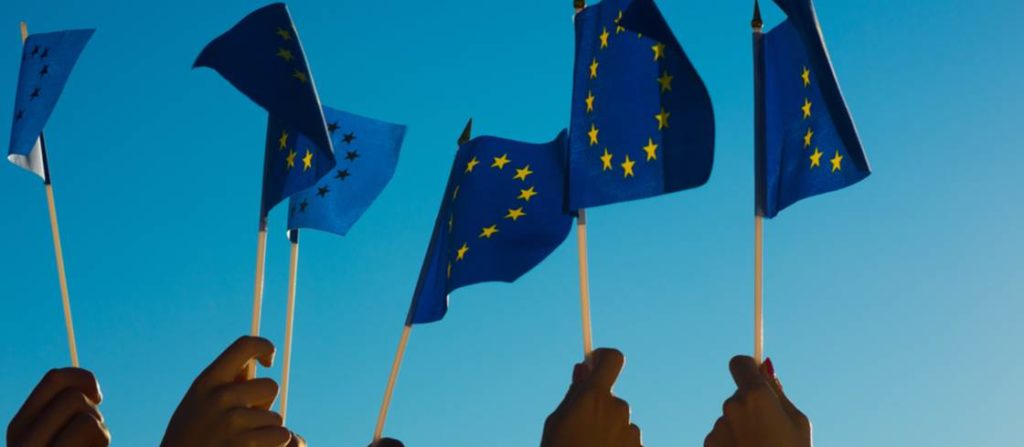Preparing for E+ calls
Collaborative Partnership in the field of sport
April 2, 2020, will be the yearly deadline for Erasmus+ project proposals in the field of sport. This call includes:
- Collaborative Partnerships;
- Small Collaborative Partnerships;
- Not-for-profit European sport events.
Because the Erasmus+ results of last year’s application came in at the end of September, we decided to analyse those results to give you an insight into how best to prepare for the next deadline.
First off, a few numbers. Last year, there were a total of 766 project application for this call in the field of sport. Of these 766 applications, 260 projects received funding: 104 Collaborative Partnerships, 144 Small Collaborative Partnerships and 12 Not-for-profit European sport events. The total budget allocated to these projects is EUR 48.6 million. In this article, we will focus on the Collaborative Partnerships, but if you want more information on the other two types of application, click here to visit the Erasmus+ website.
The maximum grant that can be obtained within a Collaborative Partnership is EUR 400 000, and it needs to involve at least five partners from five different countries. Although there is no maximum number of participants specified, the budget is capped at the equivalent of 10 partners. Of the total EUR48.6 million budget, more than half goes to Collaborative Partnerships, with the total budget allocated this year being EUR36.62 million. The priorities of the call are the following (more information can be found on the Erasmus+ Project guide):
- Encourage participation in sport and physical activity, especially by supporting the implementation of the Council Recommendation on health-enhancing physical activity and being in line with the EU physical Activity Guidelines and the Tartu Call for a Healthy Lifestyle;
- Encourage participation in sport and physical activity, especially by supporting the European Week of Sport;
- Promote education in and through sport with a special focus on skills development as well as support the implementation of the EU Guidelines Dual Careers of Athletes;
- Promote voluntary activity in sport;
- Combat doping, notably in recreational environments;
- Combat match-fixing;
- Improve good governance in sport;
- Combat violence and tackle racism, discrimination and intolerance in sport;
- Encourage social inclusion and equal opportunities in sport.
For these the allocation of funds is as follows:
- 30% to 1 and 2;
- 20% to 3 and 4;
- 20% to 5, 6 and 7;
- 30% to 8 and 9.
From the results that were published last week, the following graph shows how many projects were approved for every topic.
Interestingly, topics 1 and 2 represent 30% of the budget, but 32 projects were approved under topic 1 whereas only one project falls under topic 2.
The same type of disparity can be seen for topics 3 and 4, who represent 20% of the budget: 17 projects fall under topic 3, but only 3 fall under topic 4. Topics 5, 6 and 7 (20% of the budget) are slightly more balanced: 10 under topic 7, 7 under topic 5 and 4 under topic 6. For the remaining 30% of budget, we again see an unbalanced distribution: 26 projects under topic 9 for only 5 projects under topic 8.
Taking a look at the previous graph (applicant countries), we see that the majority of applicants are Italian organizations. The same can be said for partner countries, with Italian organizations making up the majority of partners. This can be seen from the graph below.
With this overview of last year’s results, we hope to have given you an idea on how best to prepare for the April 2020 deadline for Erasmus+ projects in the field of sport!
Learn more about L’Orma and how we can collaborate! CLICK HERE TO DISCOVER MORE
RELATED ARTICLES



